Leading Australian contemporary artist Ian Strange and acclaimed American musician and producer Trevor Powers (formerly Youth Lagoon) come together for a major new film work and photographic series, Dalison.
A eulogy for a soon-to-be demolished residence and the community it was once part of, Dalison sees an isolated “hold-out” home brought to life through an architectural intervention and large-scale light and sound installation and “performance”, documented in an 18-minute film work and four photographic works.
Strange’s durational light installation, choreographed to Powers’ original 18-minute composition of poetic, experimental sound, transforms the empty residence of 20 Dalison Avenue, Wattleup, Western Australia, using a stadium-sized LED video screen and programmed theatre lighting.
At once melancholic and euphoric, the performance was documented by Strange and his collaborators over a period of three nights. The resulting film and photographic works — a surviving record of this temporary installation — will be shown in a series of upcoming exhibitions and screenings around the world.
Responding to the recent history of Wattleup, a former-suburb that’s been slowly erased as part of a state government redevelopment, Dalison forms part of Strange’s ongoing global body of work, building large-scale architectural interventions with communities, exploring ideas of “home” and social displacement around the world.
Once a thriving suburban township between Perth’s Indian Ocean and major freeway, with sprawling market gardens and more than 700 residents, Wattleup now sits eerily abandoned as the site of an industrial project called Latitude 32, first instigated in 1996. The scheme has seen more than 300 homes surrounding 20 Dalison demolished, leaving many families uprooted and others, who remain scattered around the area in defiance, uncertain about their future.
20 Dalison Avenue and one other home are the only two remaining in the old township. 20 Dalison was sold to the Western Australian Land Authority in 2020 and awaits demolition early this year.
Strange first saw the home in 2015, but only conceptualised Dalison in early 2021. He secured a six-week lease to the property, and with a team of construction, film, production and lighting specialists built a large-scale LED video screen (8m high x 23.5m wide) to bring the work to life. Installed, documented and bumped out in a single week.
“The idea of the project was to build this large-scale screen that would allow us to cut the house out of the landscape with light, to experience the home in shifting states of visibility, either silhouetted, isolated in darkness, or revealed in its vast, empty context,” Strange says. “Early on, I started to think about this project as a musical collaboration and I thought Trevor was the perfect person to score that experience.”
Powers created the composition from isolation on the other side of the world, sourcing inspiration from Strange’s research into 20 Dalison as well as his home in Idaho.
“I wanted the music to sound like it was dug up in a field, like something that was discovered, covered in dirt, that it had some kind of past life or maybe multiple past lives,” Powers says.
“To me, Ian’s idea felt almost like an anti-concert. With a concert obviously there’s people, there’s movement — but doing that, through a different lens, on a house that carries so much weight as an icon, that was interesting to me.”
The story of the home, as well as detailed insight into the making of the work and Strange and Powers’ collaboration, is captured in an accompanying documentary short to be released online.
In its scale, Dalison is one of the most ambitious works Strange has undertaken in his career spanning more than a decade, and is his first exploring the phenomenon of the “hold out” home. “In my work, I’m interested in universal and shared connections to the image of the home. These are places we tend to project with a sense of stability, but are often more vulnerable and temporal than we would like to think. This is especially true in the experience of hold-out homeowners like those of 20 Dalison,” Strange says.
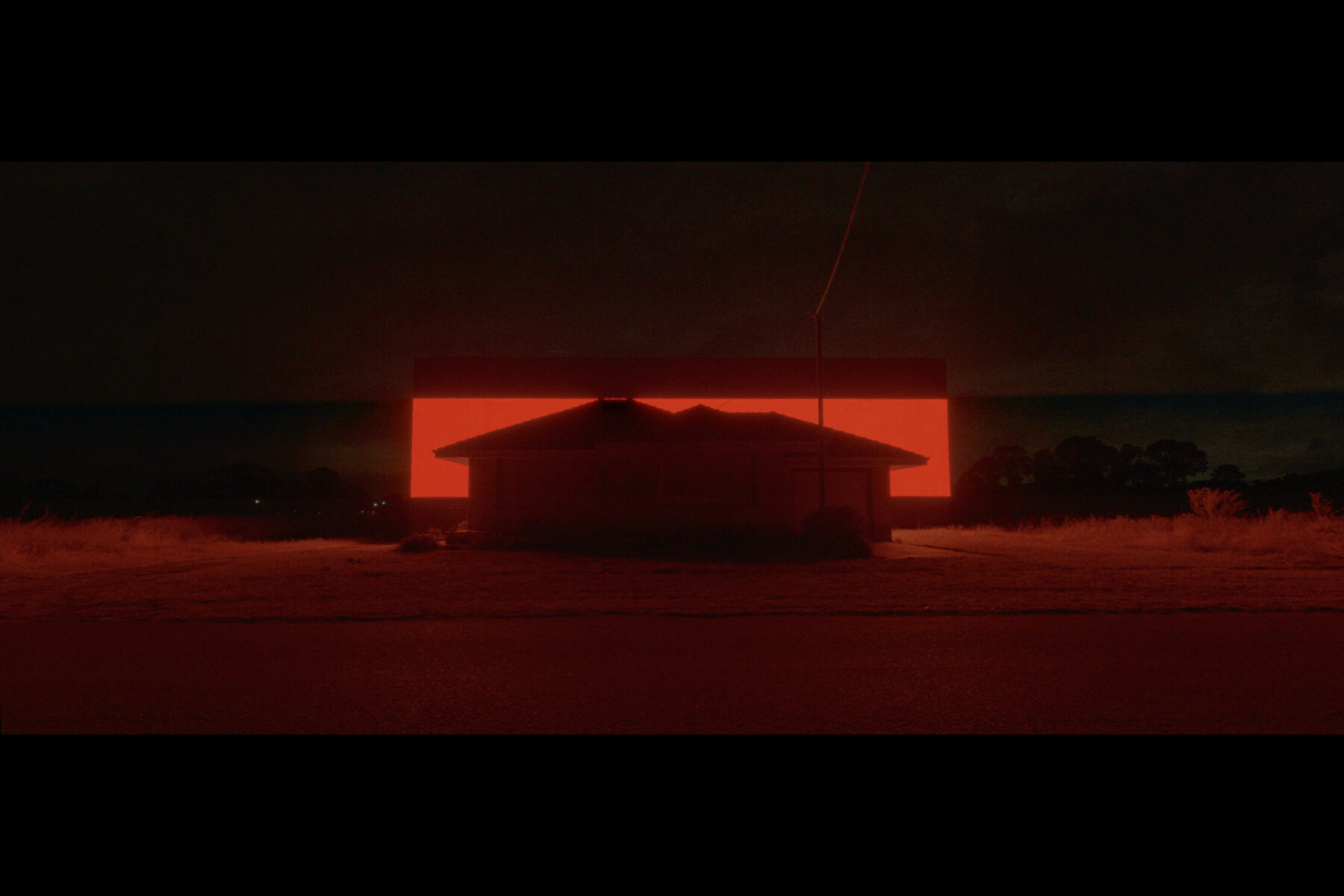
Dalison ends Strange’s time back in Australia before he returns to the US, gearing up for a huge 2022 with the upcoming release of his debut monograph “Disurbed Home” with Damiani; a major work at USFotoFocus Biennial; and the release of a major dance film with contemporary dance company Chunky Move.
Dalison’s resulting film and photographic works will be shown in a series of upcoming screenings and exhibitions across the world.
About the Artists
Ian Strange is a transdisciplinary artist whose work explores architecture, space, and the home. His practice includes multifaceted collaborative community-based projects, architectural interventions and exhibitions resulting in photography, sculpture, installation, site-specific works, film, documentary works, and exhibitions created around the world. His studio practice includes painting and drawing, as well as ongoing research and archiving projects. Strange is best known for his ongoing series of suburban architectural interventions, film, and photographic works that subvert the archetypal domestic home.
Trevor Powers (born March 18, 1989) is an American musician, producer, and composer based in Idaho. He began recording music in 2011, releasing a trilogy of albums under the moniker Youth Lagoon before announcing the end of the project in 2016. Two years later, Powers and a handful of contributors retreated to Sonic Ranch, a residential studio complex in Texas in the middle of a 2,300-acre orchard. The result was Mulberry Violence — the debut album under his birth name. The six-week tracking process consisted of fusing together textures, arrangements, and programming created at the ranch with poetry he had written over the previous two years. The album was mixed in Los Angeles by frequent Beyoncé collaborator Stuart White.
Check out below for more photos form the project.


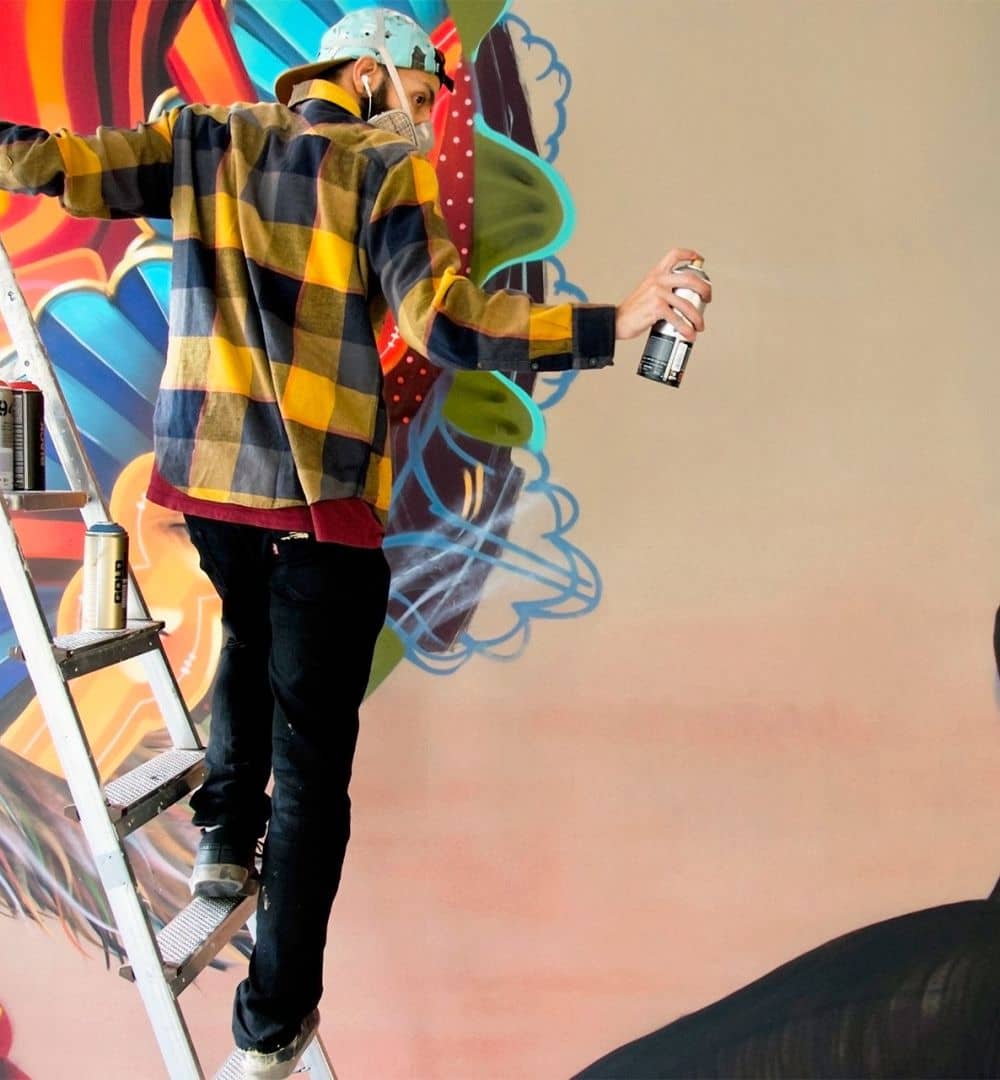




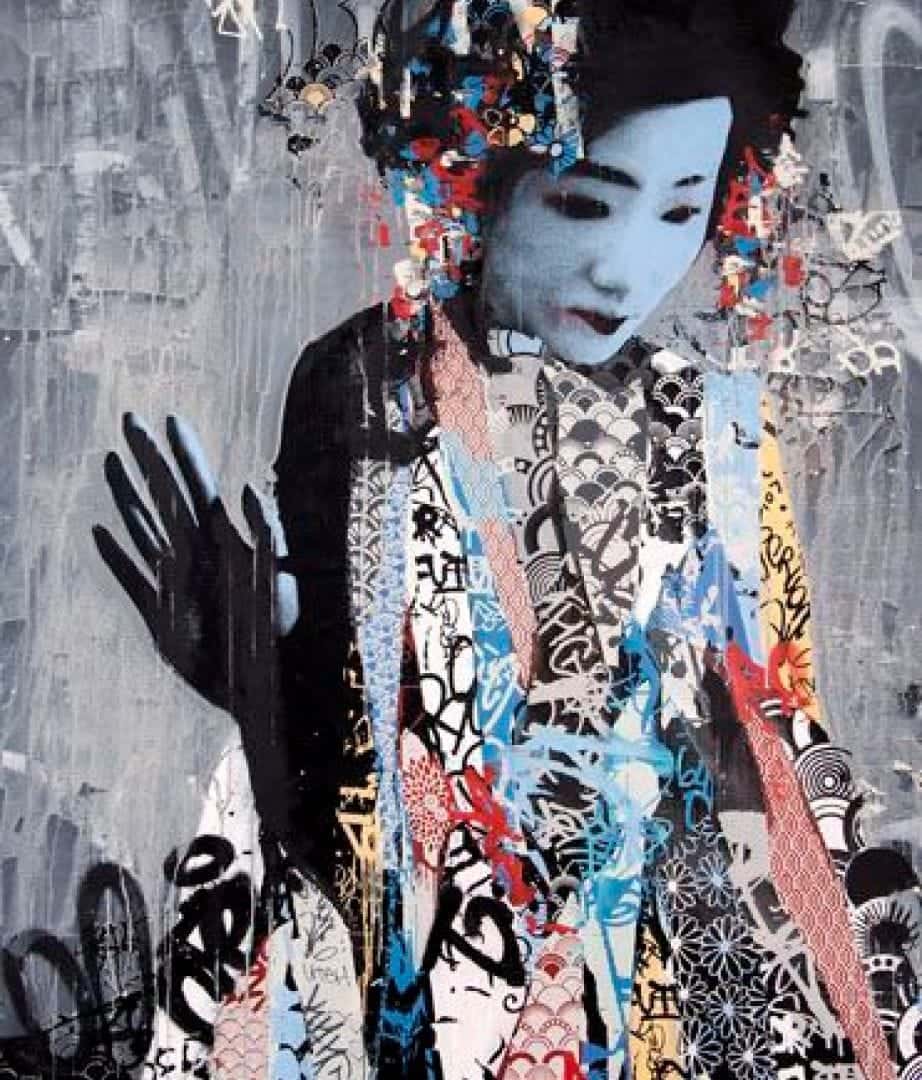
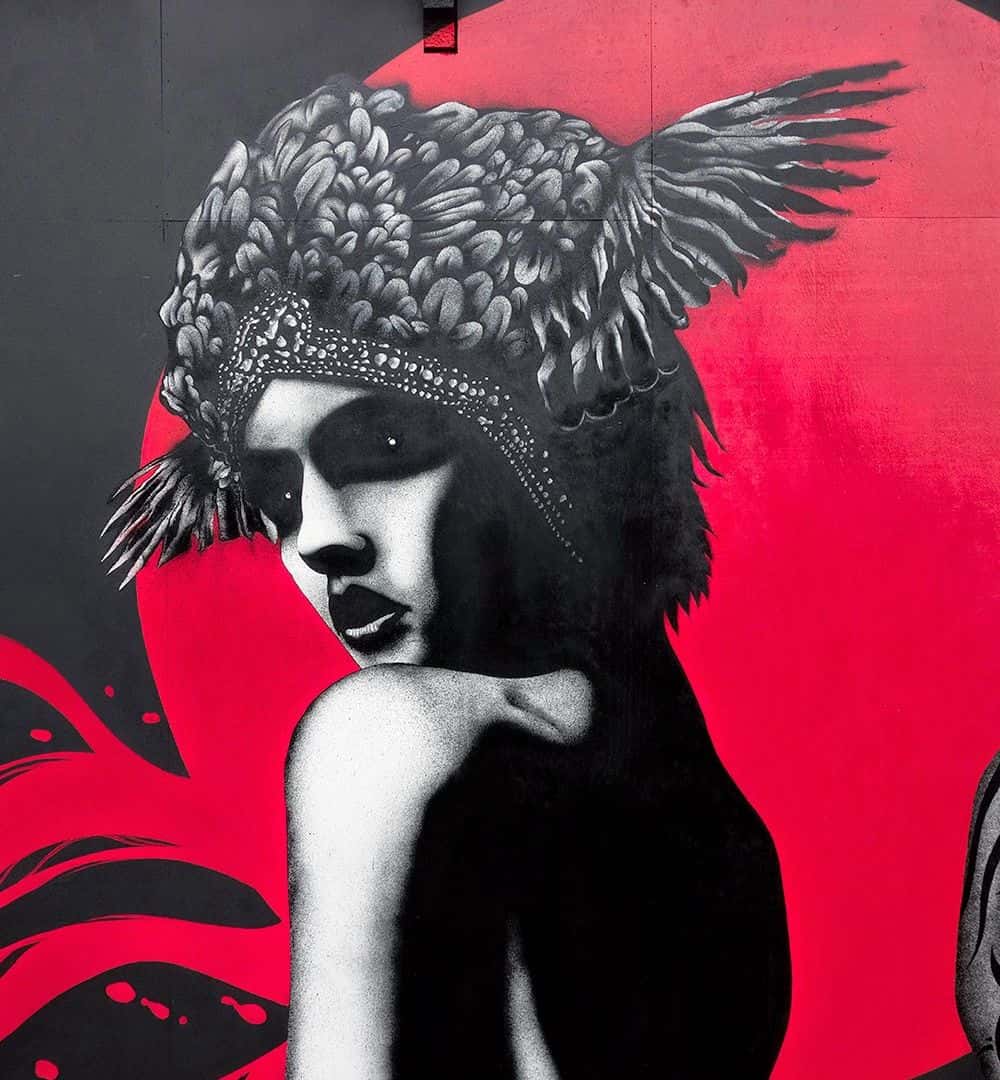
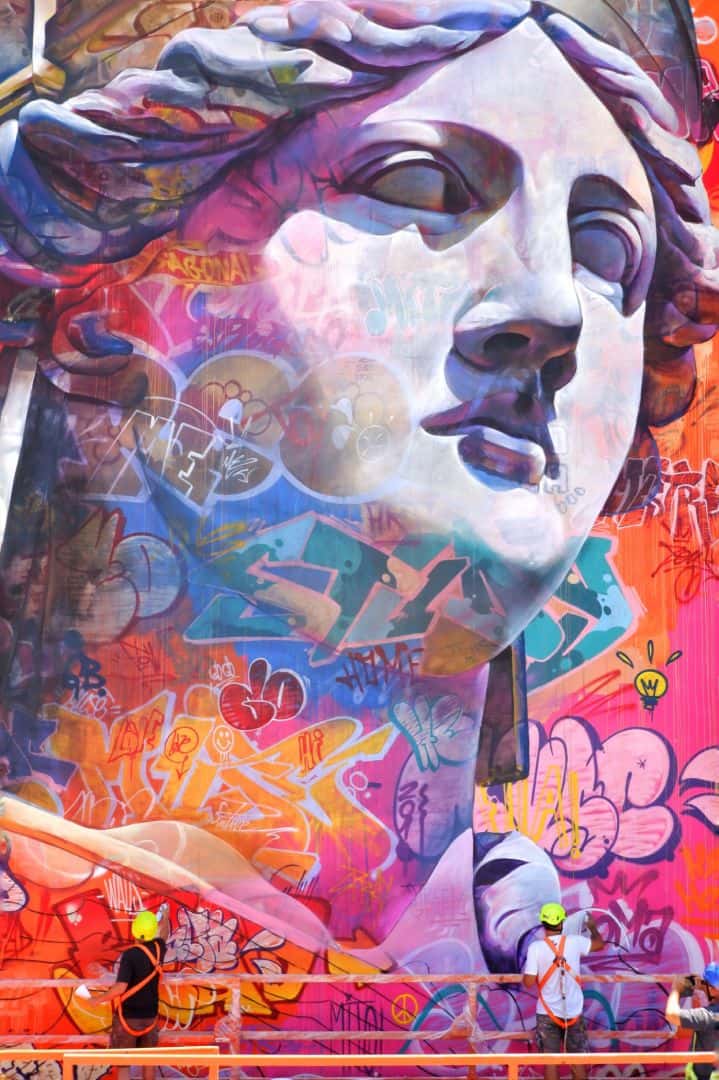


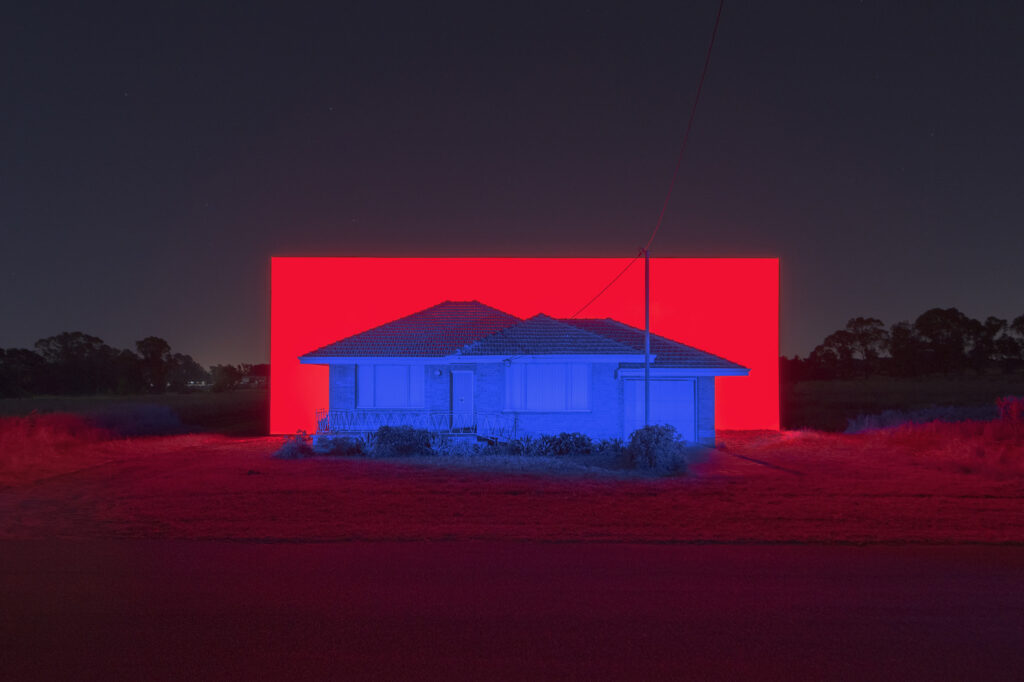


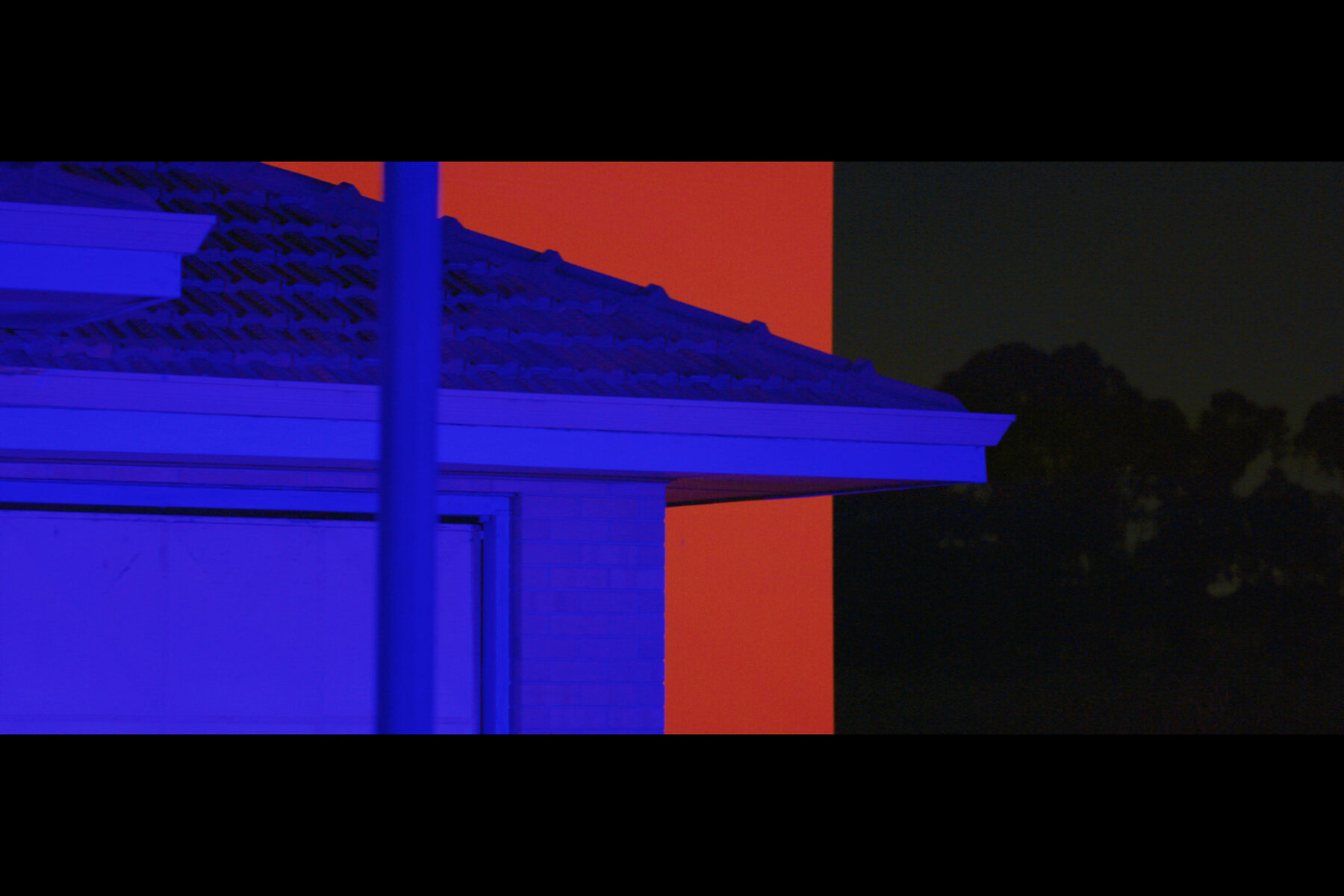


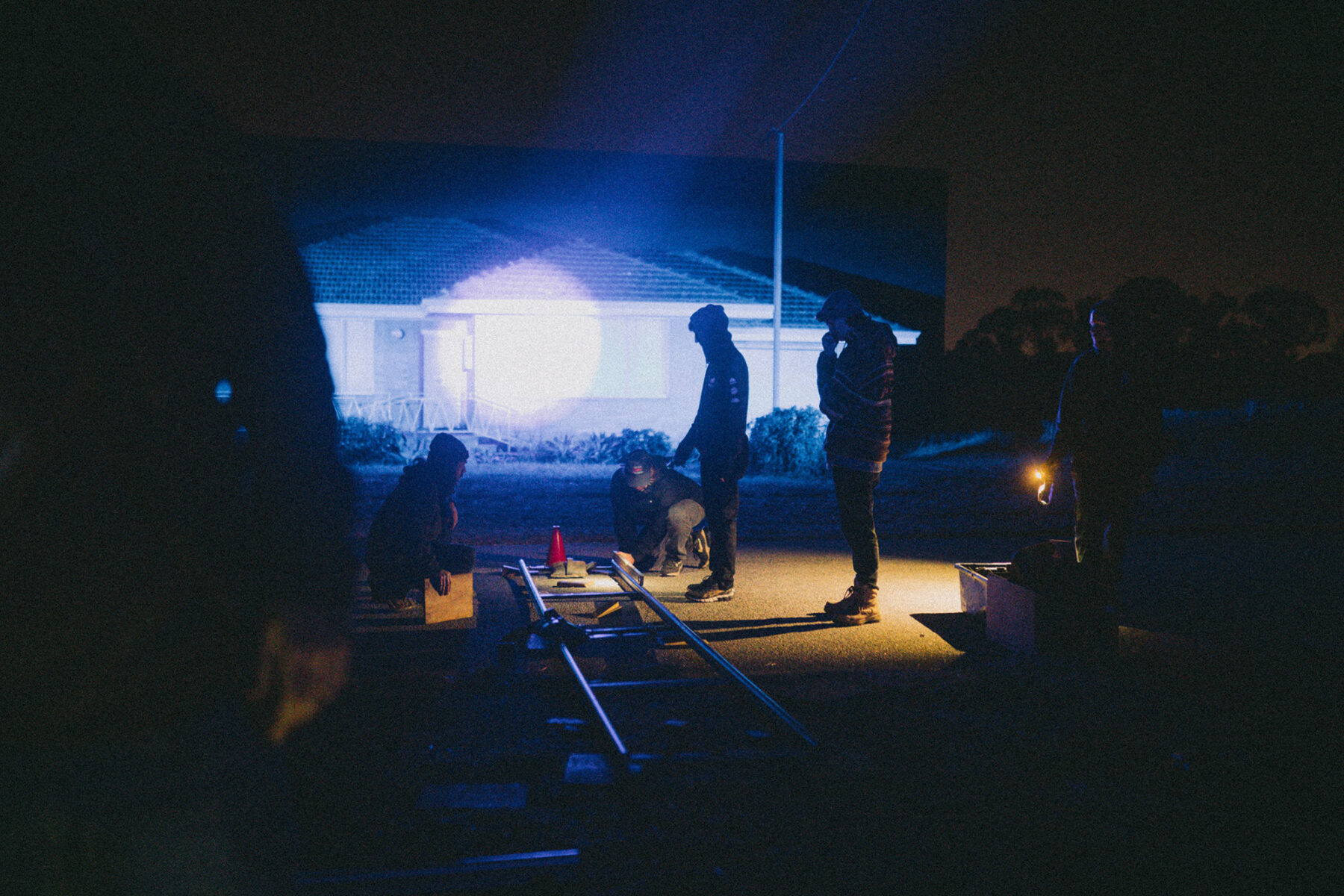
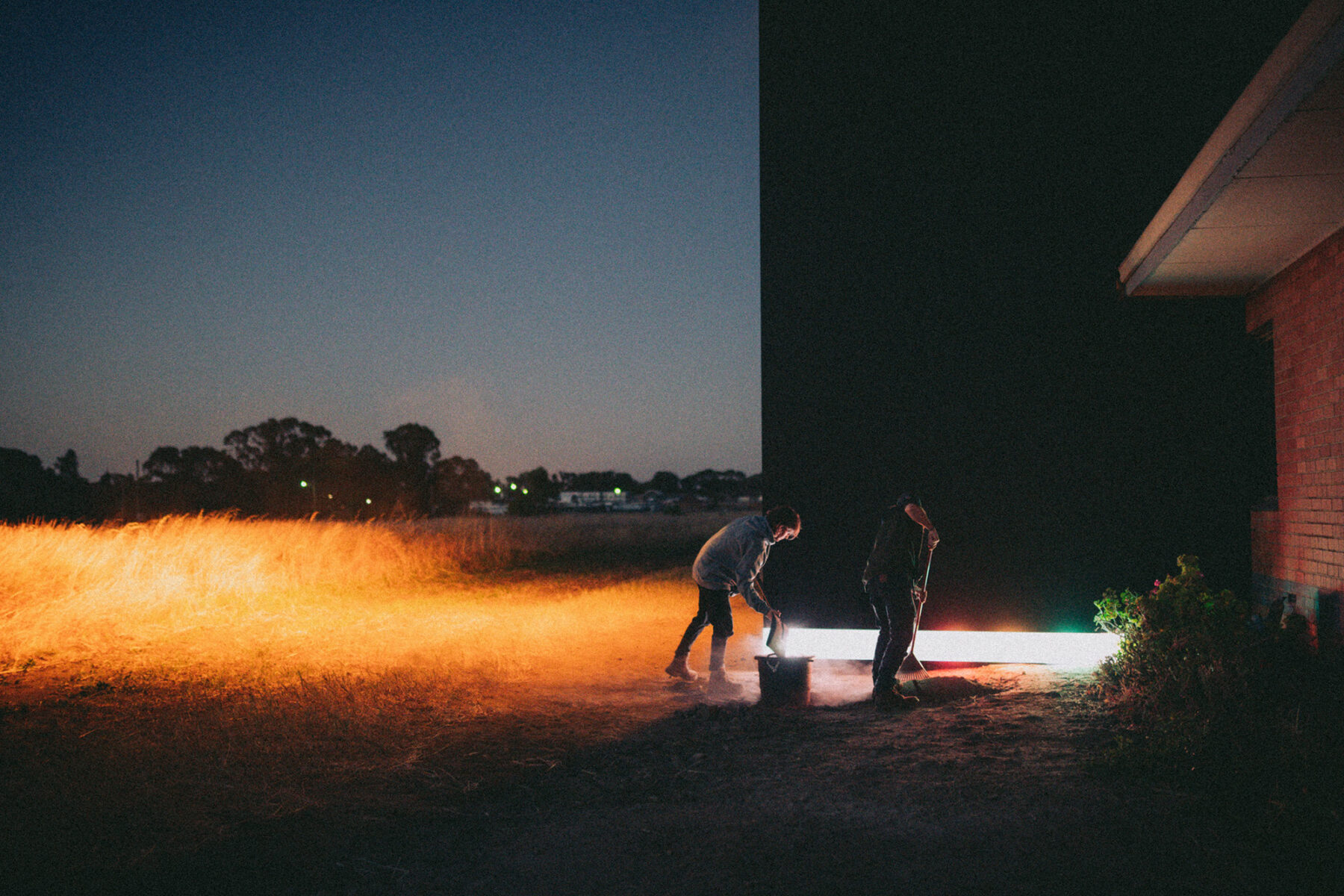



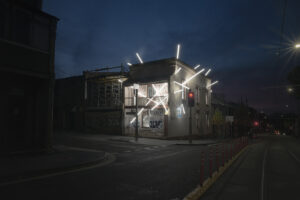
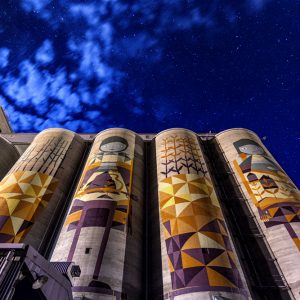
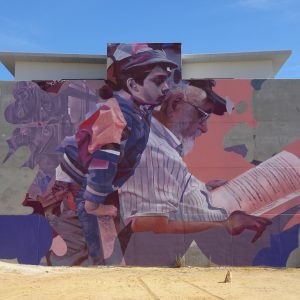
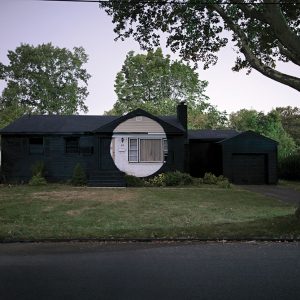
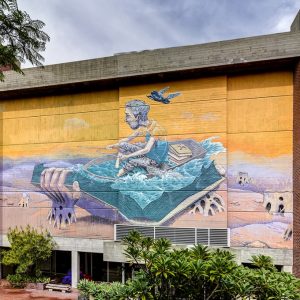
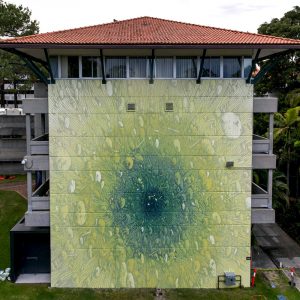
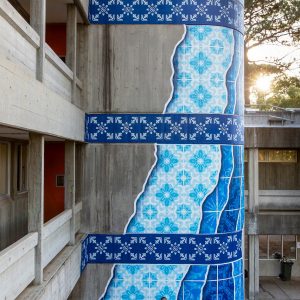
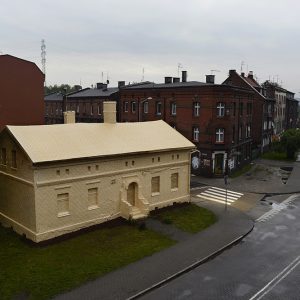

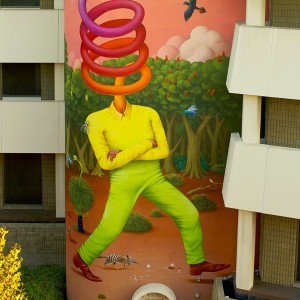
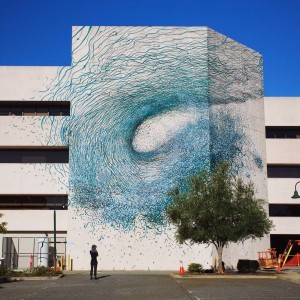
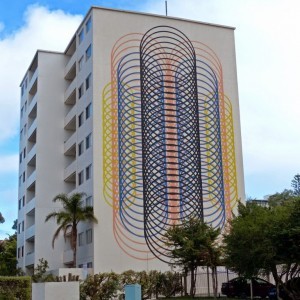
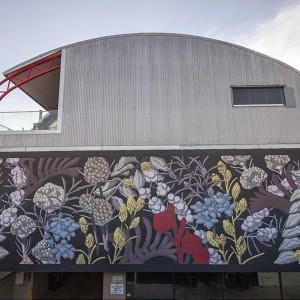
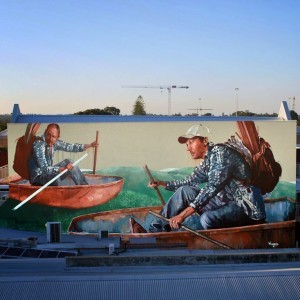


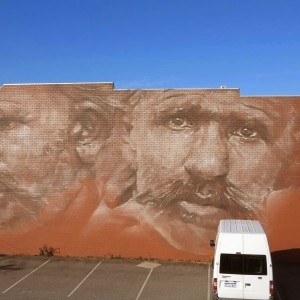
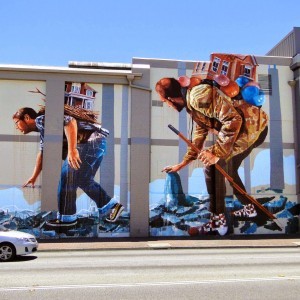

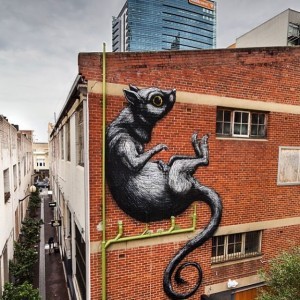
comment